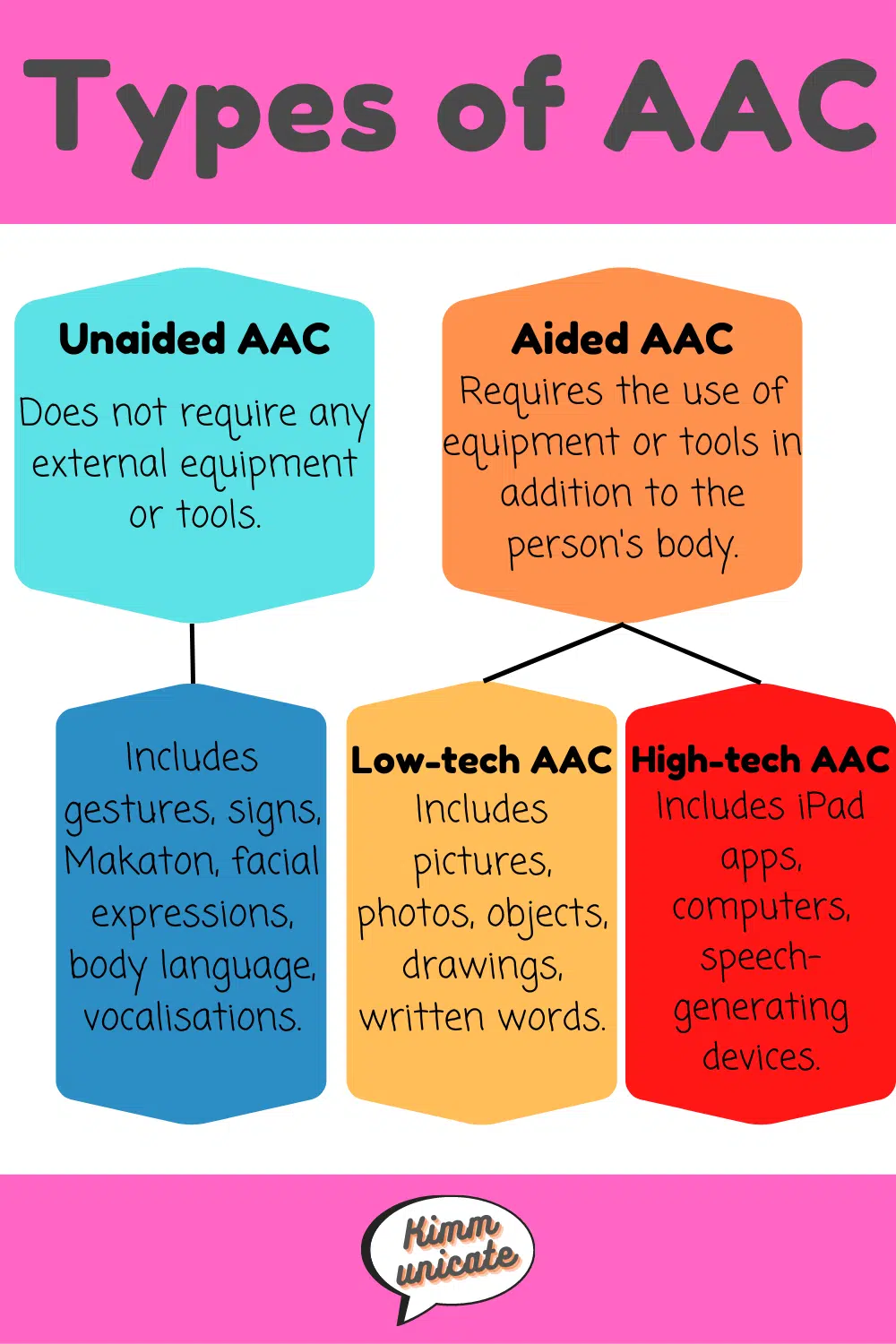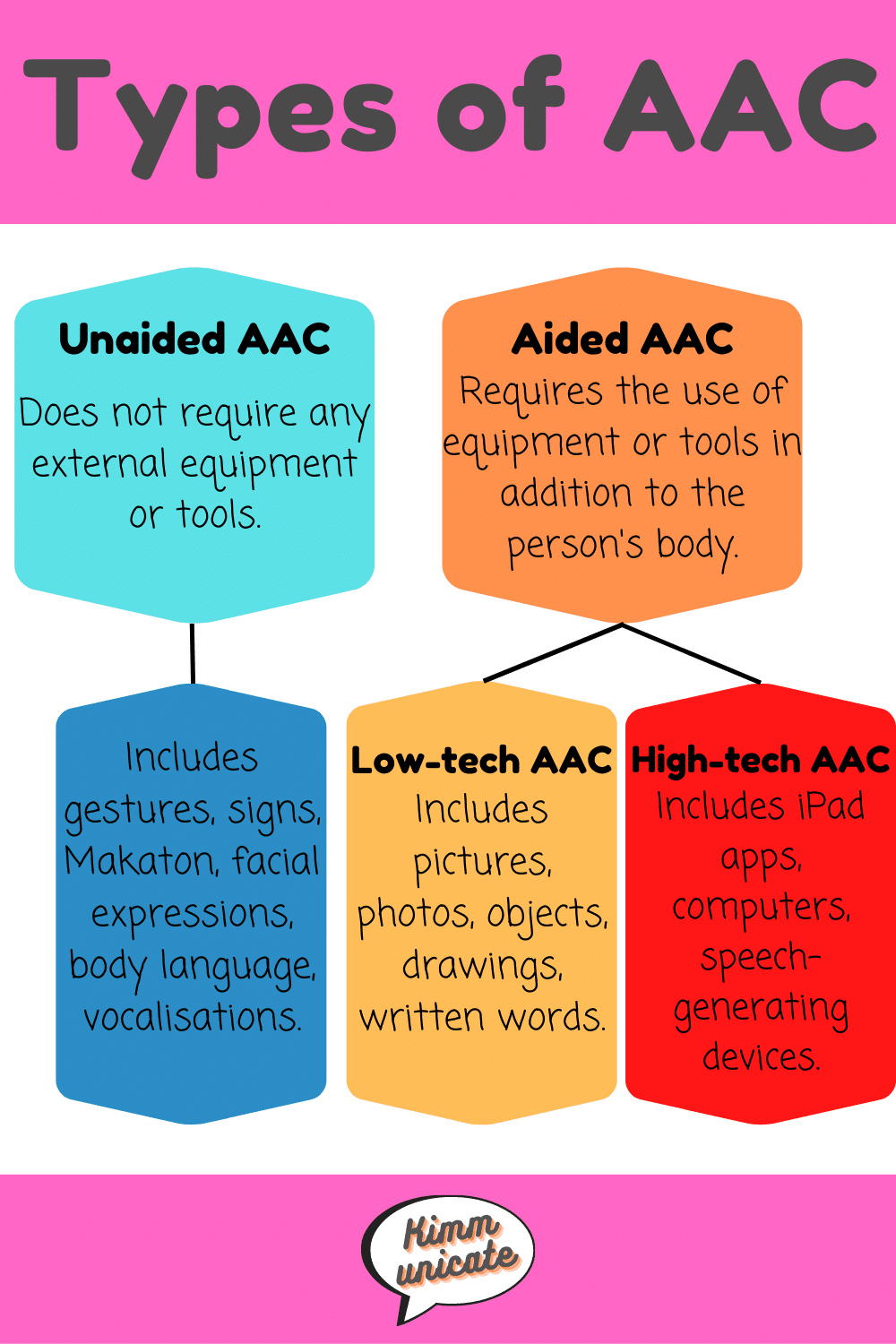Susie, a 9-year-old girl with autism, found her passion in dance. Appropriate Adaptation made it possible for her to fully engage in her favorite activity. Here’s how it worked:
- Dance class modifications: Susie’s teacher, Ms. Smith, made adaptations to support Susie’s participation. She created a visual schedule and provided sensory materials like scarves and bean bags, making the class more accessible and engaging for Susie.
- Communication strategies: Susie was given a communication device and encouraged to use simple gestures or visual cues to express her needs. This helped her communicate with peers and teachers effectively.
- Success and growth: With these adaptations, Susie thrived in her dance class. She actively participated, expressed herself through movement, and even performed in a recital.
Appropriate Adaptation is crucial for supporting individuals with special needs, enabling them to participate fully and achieve their goals. Products like Goally offer additional support through digital visual schedules, AAC, and gamified learning opportunities for children with autism, ADHD, or dyslexia. With the right adaptations and support, individuals with special needs can thrive and reach their full potential.















